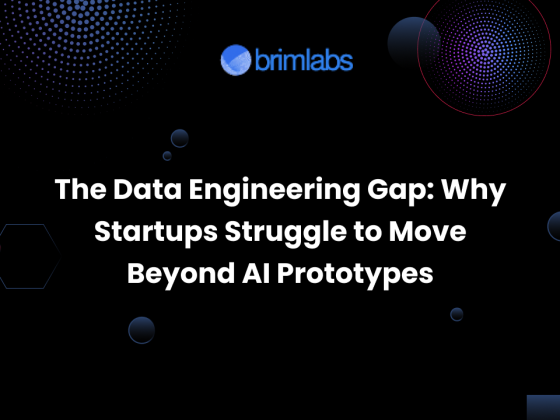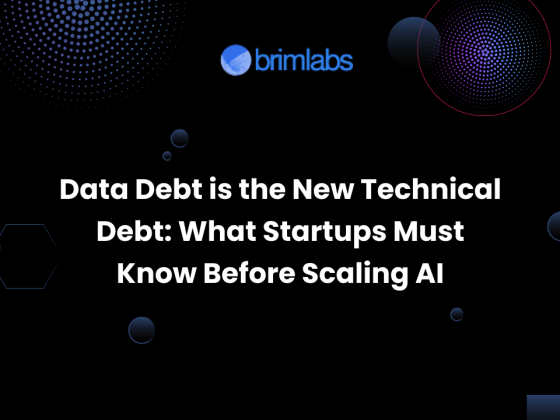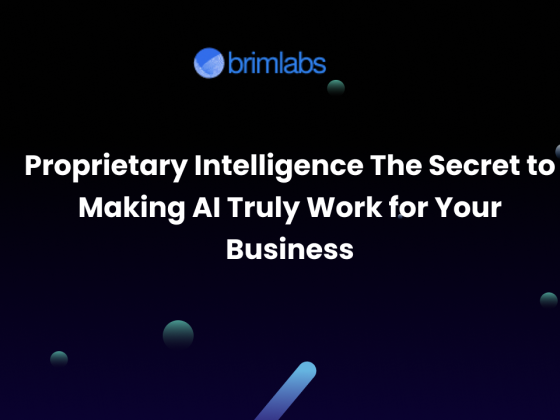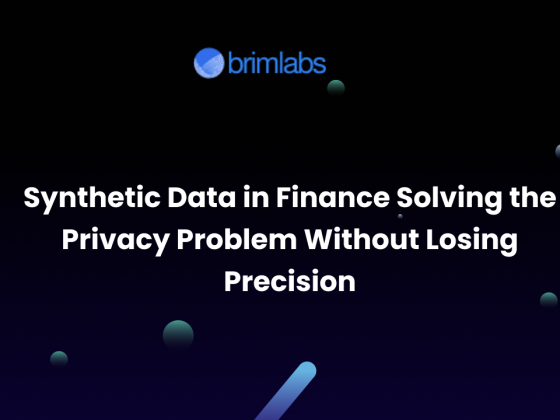Building an AI agent often seems like a game reserved for large enterprises swimming in oceans of data. But the truth is, startups can craft intelligent, useful agents even with a modest dataset, if they play smart. In this blog, we’ll break down a practical playbook to help you build an AI agent with limited data, without compromising on impact or reliability.
1. Start With a Narrow Use Case
Before writing a line of code, define a focused problem your AI agent will solve. Avoid trying to replicate ChatGPT or an “all-knowing assistant.” Instead, build for specific workflows:
- Customer support FAQ agent
- Loan document analyzer for FinTech
- Product recommendation engine for niche e-commerce
- Claim validator for InsurTech
A narrow scope means less data required and faster iterations.
2. Leverage Pretrained Models and APIs
Startups don’t need to train LLMs from scratch. Use the transfer learning advantage of foundation models like:
- OpenAI GPT-4 or Claude for natural language agents
- Hugging Face models for sentiment, classification, or summarization
- Google’s BERT or Cohere for text-heavy tasks
These models already understand language; you’re just teaching them context.
3. Use Synthetic and Augmented Data
When historical data is sparse, generate your own. Synthetic data is a startup’s best friend:
- Prompt GPT-based models to create variations of queries, responses, or scenarios
- Data augmentation tools like nlpaug, textattack, or snorkel
- Domain experts can help manually create a foundational dataset (even 300-500 examples is enough to start)
Real + synthetic data = better grounding without costly data collection.
4. Adopt a RAG Approach
RAG is a powerful technique where your AI agent retrieves relevant data from a knowledge base before answering.
Benefits for low-data startups:
- Reduces hallucination
- Keeps responses fact-grounded
- Leverages your existing knowledge (PDFs, Notion docs, product wikis)
You can build RAG systems using tools like:
- LangChain or LlamaIndex
- FAISS or Weaviate for vector search
- OpenAI or Cohere APIs for response generation
5. Build a Human-in-the-Loop System (HITL)
When your AI doesn’t have enough confidence, route the task to a human reviewer. This way:
- Users don’t face broken experiences
- You generate more labeled data over time
- The agent improves with feedback
Use UI flows or fallback logic to triage cases smartly. Over time, HITL becomes your data refinery.
6. Track Usage and Capture Feedback Loops
Every interaction is a data opportunity. Make sure your AI system logs:
- Input questions
- Chosen responses
- Confidence scores
- User feedback (thumbs up/down, comments)
This continuous data stream helps you fine-tune responses, discover edge cases, and expand your dataset organically.
7. Prioritize Explainability and Guardrails
With small data, mistakes can be amplified. Avoid overconfidence. Add safety layers:
- Show users the sources behind responses (great for RAG)
- Let users rephrase queries or give clarifications
- Use basic filters to block inappropriate or harmful outputs
A safe, transparent agent builds more trust than a flashy but unreliable one.
8. Start Manual, Automate Later
If data is thin, consider starting with rules + human support, and slowly swap in automation:
- Build a decision tree or scripted agent
- Track how users interact
- Identify the most common flows
- Replace them with trained mini-models or templates
This phased rollout avoids waste and focuses resources where automation makes the most difference.
9. Tap into Open Datasets and APIs
Depending on your industry, you may find publicly available datasets that can supplement your core knowledge:
- Healthcare: MIMIC, PubMedQA
- Finance: SEC filings, FRED API
- Retail: Kaggle product reviews, Amazon datasets
- General NLP: SQuAD, Natural Questions, Common Crawl
These can be used for pretraining or data bootstrapping.
10. Use Lightweight Evaluation Loops
Instead of waiting for a “perfect” model, deploy MVPs and test iteratively. Set up:
- Quick user testing
- Performance dashboards (accuracy, latency, feedback score)
- Weekly review sprints
Make model building part of product sprints, not a separate research task.
Final Thoughts: Small Data, Big Impact
Building AI agents with limited data is not only possible, but it’s also an opportunity to be lean, focused, and iterative. Startups who succeed in AI aren’t the ones with the biggest datasets, they’re the ones who turn constraints into creativity.
With smart use of foundation models, retrieval techniques, and feedback loops, even a small team can build a powerful AI agent that delivers real business value.
Need help building your AI agent?
At Brim Labs, we help startups ship fast with lean data strategies, intelligent agents, and clean, modern interfaces.











